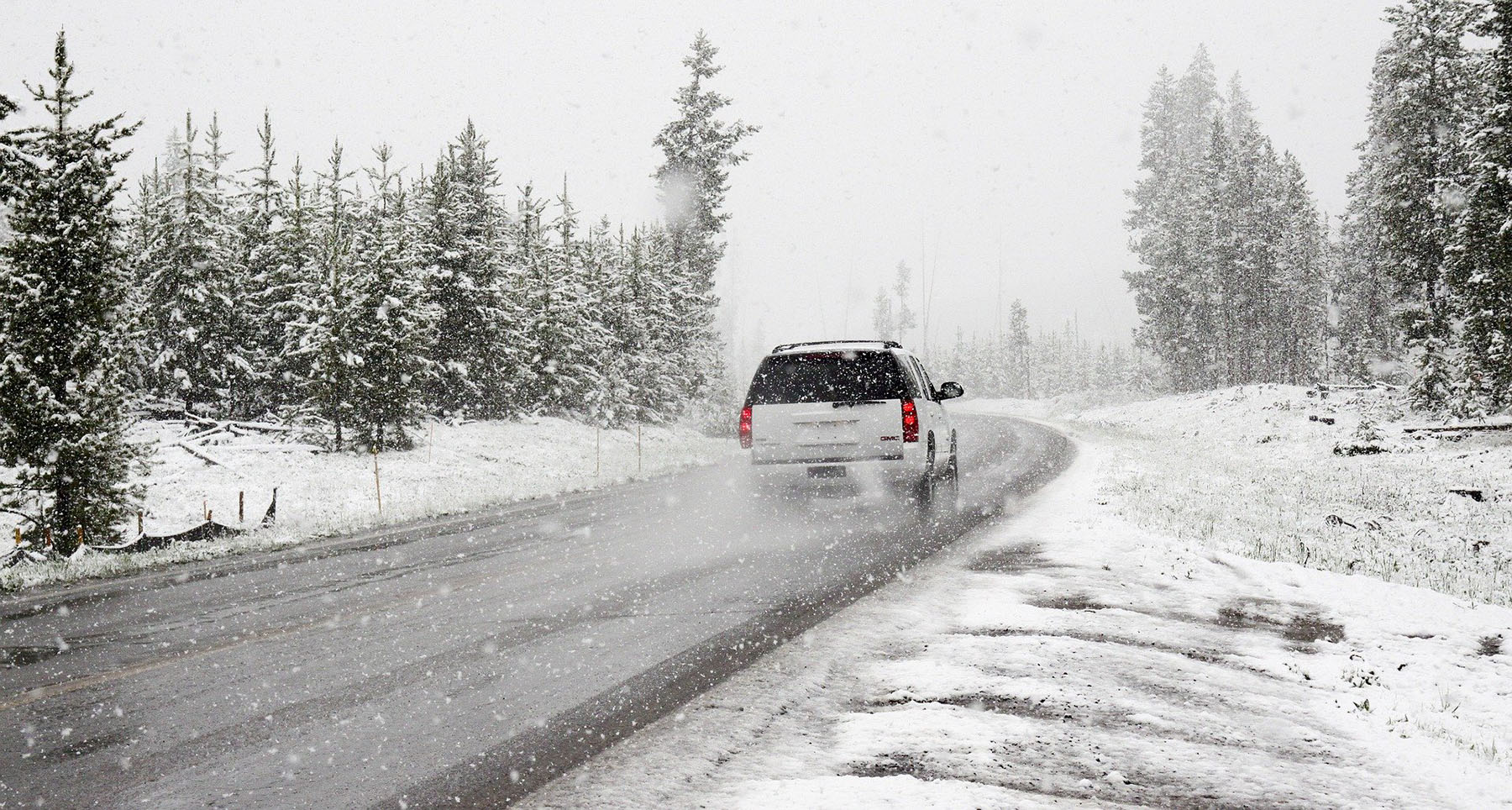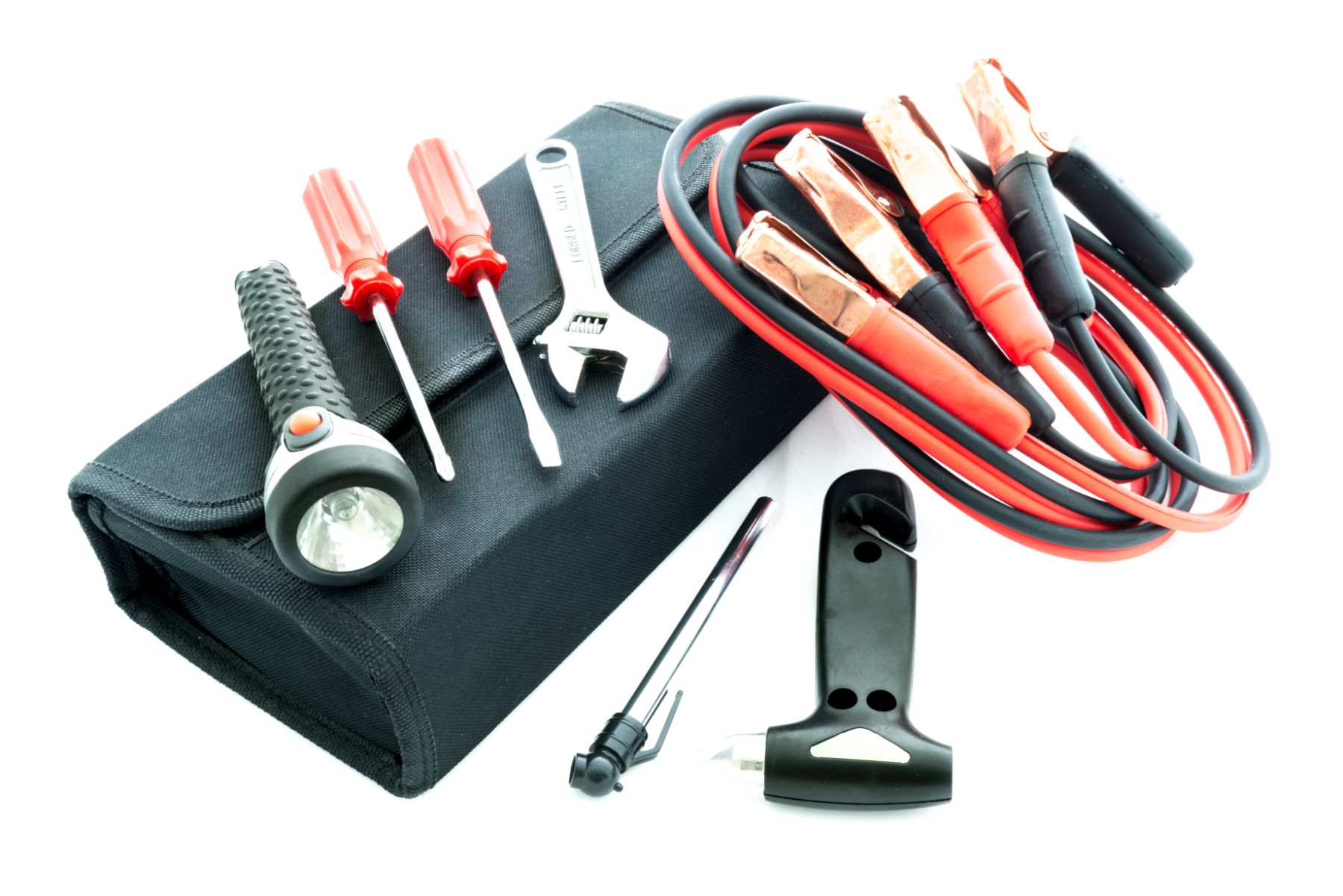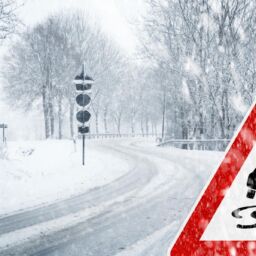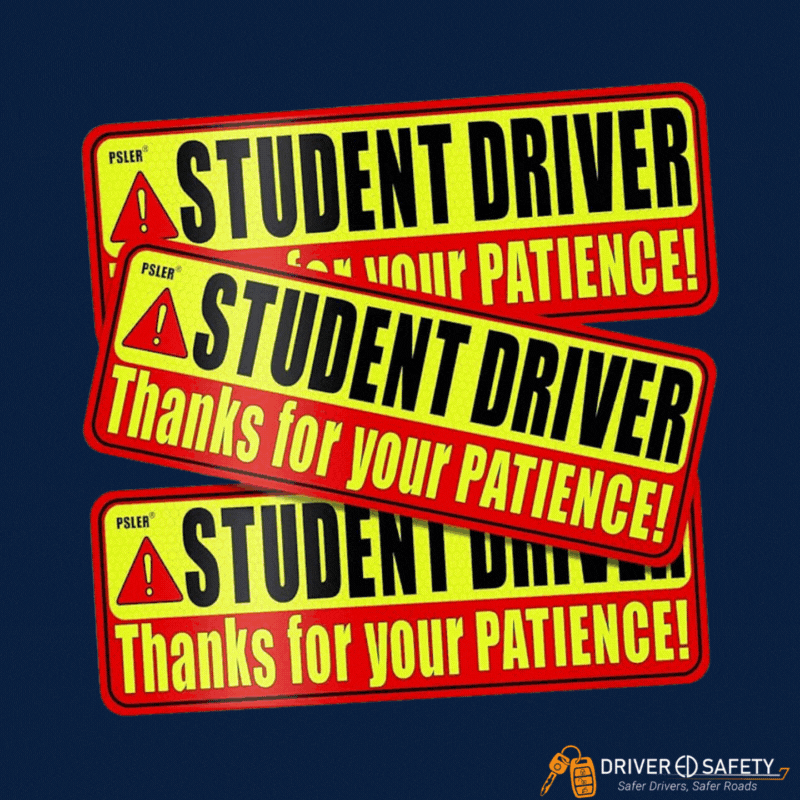
No matter the season, there is always something to look out for on the roads—potholes, debris, construction zones, you name it! In short, it’s best to expect the unexpected… because there’s always the chance of discovering a detour around the corner, literally.
Let’s review some best practices for navigating construction zones safely.
Map Your Route In Advance
Before heading out on the road, map out the route you need to take, being mindful of work zones. The need to redirect traffic can pop up without notice. Work zones can be pretty overwhelming for new drivers, so looking at an overview of your route before driving off can help you get mentally prepared to drive. To account for reduced speed in work zones, it’s important to give yourself plenty of time to get to your destination. Consider leaving 5 to 10 minutes earlier than you usually would.
In addition to planning your route, it’s a good idea to leave a bit earlier than you usually would to account for extra time stuck in traffic or reduced speed limits in these zones. After all, nobody likes the added pressure of running late to your plans!
Pay Attention & Keep Your Distance
Of course, your eyes should always be on the road, but especially when entering a work zone! Be aware of your surroundings and pay attention to all the signage throughout indicating reduced speeds, lane changes, and other important information. Failure to comply with these signs can risk a car accident or a pricey traffic violation. You can increase your attention span by avoiding classic distractions like your cell phone, eating, drinking, the radio, GPS, and talking to your passengers.
In addition to your undivided attention, it’s super important to maintain an appropriate following distance behind the car in front of you. Unfortunately, rear-end crashes are very common in work zones. If you can watch the car in front of you pass a landmark and then count to three before you pass that same landmark, then you are maintaining a comfortable following distance for everyone involved.
When In Doubt, Go Slow and Steady
Sometimes, driving slowly is necessary, especially when passing through road work zones. You have to be on the lookout for workers, cones, signage, and police officers. Typically, you can find lane closures in work zones, which force traffic to merge and condense to one lane. When approaching lane closures, when safe to do so, move into the open lane as soon as possible. Pay extra close attention to cars around you that could be in your blind spot. And remember, slow and steady is the way to go.
Be Prepared to Stop
Occasionally, you may be required to stop in the middle of construction zones. Whether there is a temporary stoplight set up, a worker holding a stop sign, or bumper-to-bumper traffic, you have to follow patterns of traffic! Construction workers understand how frustrating the hold-up can be, and they usually do their best to direct you out of the zone as safely and urgently as they can. The best thing you can do in these scenarios is practice your patience, take some deep breaths, and focus on getting to your destination safely.
Learn How to Drive Safer With Driver Ed Safety
At Driver Ed Safety, we help students develop effective defensive driving and behavioral patterns by using the foundational concepts of targeting, visual reference points, zone control, and the intended path of travel. Our trusted driving instructors ensure that students get the most out of their course, with an emphasis on safety and accuracy.
Learn more about our open enrollment Online Course, or register for Behind the Wheel lessons.



















